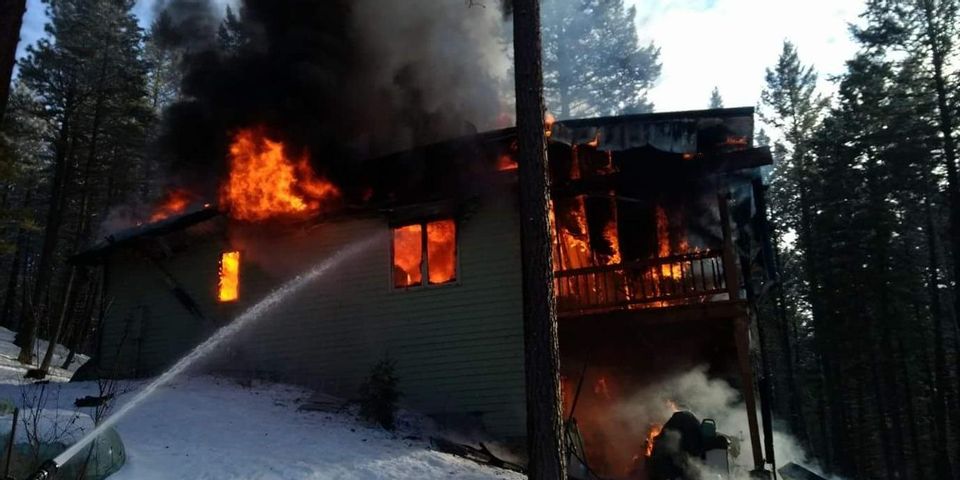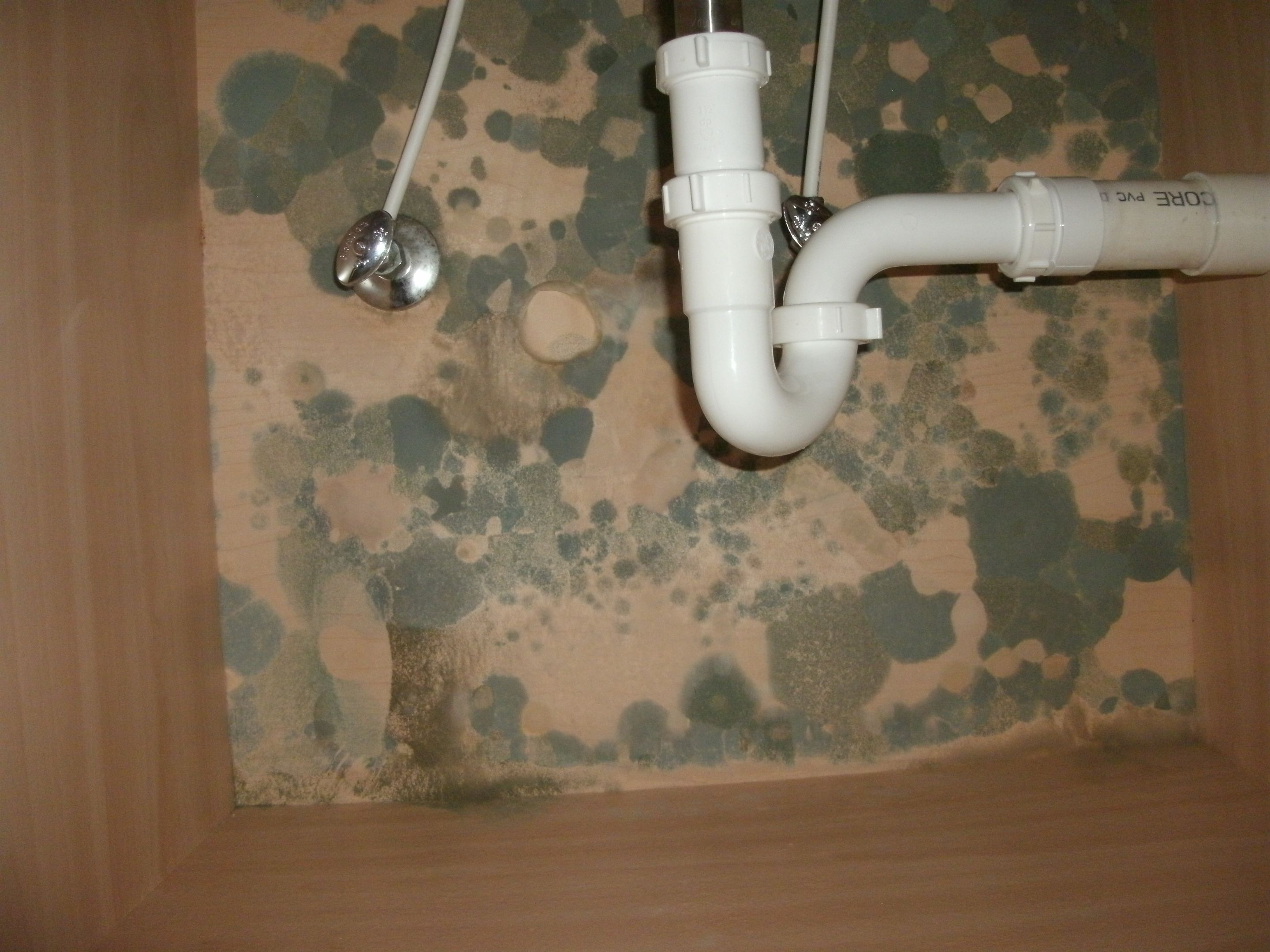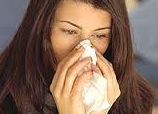
A Recent Caller asked, "Should I be worried about some mold that showed up in the downstairs bathroom of our house?"

Mold in its various forms can be found literally everywhere, indoors and outdoors. It is common for mold spores to be in the air inside of homes and growing on damp materials. Most of the molds found indoors originally came from outdoor sources. Everyone is exposed to some mold on a regular basis without obvious harm. You should not feel any shame for having mold in your home - the stuff is everywhere, in newer homes and older homes. All it takes is excess water and some food for mold to grow - wood, sheetrock, paper, anything organic will do the trick.
Mold spores and the mycotoxins produced by many molds cause health problems when there is long term exposure and high concentrations in indoor air. Mold or fungal ‘blooms’ outside during damp spring and fall seasons can trigger allergies in many people. People (and our pets) are also exposed to molds through skin contact and ingestion of foods.
"How much mold can make me sick?"
There is no easy answer - It depends on many factors. For some people who are sensitized, a low level of mold spores can cause immediate and very serious health problems. For other people, it may take a higher level of infestation. Different people react differently to different molds. The basic rule is, if you can see or smell mold, it is time to take immedeate steps to eliminate the cause of excess moisture in the home, and to carefully cleanup and remove the mold.
Are some molds more hazardous than others? Yes,
allergic persons vary in their sensitivities to mold, both as to amount and type needed to cause reactions. In addition, certain types of molds can produce toxins, called mycotoxins, that the mold uses to inhibit or prevent the growth of other organisms. Mycotoxins are found in both living and dead mold spores. Porous materials, such as wallboard or lumber permeated with mold need to be removed or specially treated by specialists. Allergic and toxic effects can remain in dead spores.
Exposure to mycotoxins may present a greater hazard than that of allergy causing molds. Mycotoxins can be found and may be present in dangerous quantity within homes, agricultural settings, food, schools and office buildings. Testing by qualified third party hygienists may be required to determine the best course of remediation.
Who is at greater risk when exposed to mold?
Exposure to mold at elevated levels -dead or growing- inside buildings is not appropriate for anyone. It is important to quickly identify and correct any moisture sources before health problems develop. The following individuals appear to be at higher risk for adverse health effects of molds:
• Elderly
• Immune compromised patients (people with HIV infection, cancer chemotherapy, liver disease, etc.
• Individuals with existing respiratory conditions, such as allergies, multiple chemical sensitivity, and asthma.
- Pregnant women should also be very concerned.
Please consult a physician if you or others in your family are experiencing these or other health problems.
"What symptoms are commonly caused by molds?"

Various allergic reactions seem to be the most common health complaints associated with mold exposure. Typical symptoms reported include:
• Nasal and sinus congestion.
• Eyes-burning, watery, reddened, blurry vision, light sensitivity.
• Dry, hacking cough.
• Sore throat
• Nose and throat irritation
• Shortness of breath
• Skin irritation
• Nervous system problems (constant headaches, memory problems, and mood changes).
• Aches and pains
• Possible fever
So What is the Next Step to Take Care of a Mold Problem?
Call on a certified specialist like NW Montana's most recommended mold remediation specialist FloodCo LLC, today. FloodCo LLC's IICRC certified technicians will help you determine the cause and extent of the problem and develop a plan to quickly deal with it. In many cases a mold problem can be solved affordably and with minimal disruption.
The first steps of a typical mold removal project are to identify and correct the source of the moisture causing mold to grow. Then clean, disinfect, and dry the moldy area while disposing of any materials with moldy residues. Substances that are porous and easily propagate molds, such as paper, cardboard, sheet rock, and wood should be chemically treated or disposed of. Harder materials such as glass, plastic, or metal can usually be kept once it is cleaned and disinfected.
It is crucial to remove the source of any moisture is corrected, BEFORE beginning remedial action, since mold growth will return shortly if the subject area remains damp or becomes re-wetted. Plumbing, ventilation, roof leaks are frequent sources of moisture inside of structures.
It is important to know that mold cleaning should not be done by untrained persons. Using correct protocols for safe and effective removal of mold is important. The problem can easily be made worse if spores and particulate are not contained or if the wrong products are used. Persons doing the cleaning need to use personal protective suits and respirators.
Note: Household bleach should not be used to remove mold from porous building materials!
Posted by Lloy
About the Business
Have a question? Ask the experts!
Send your question

